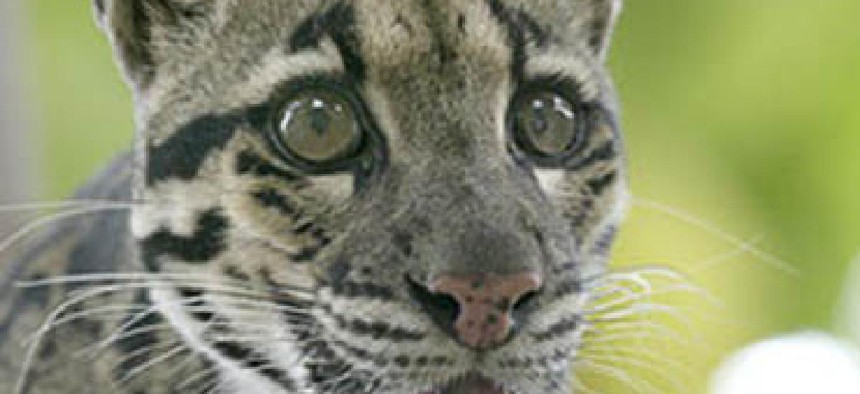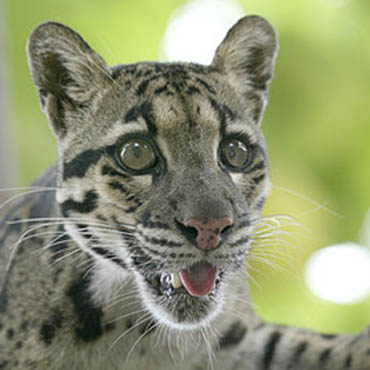Five critter cams to go dark at the National Zoo

The cameras to be shut down run on the Windows Server 2003 operating system, which goes out of support in July.

The clouded leopard cam at the National Zoo is going dark June 1. (Image: Smithsonian's National Zoological Park)
The National Zoo is taking five of its older animal camera feeds offline June 1. The naked mole rat colony, the orangutan habitat, the clouded leopard, the fishing cat, and the Asian small-clawed otter will no longer be accessible to virtual visitors at the National Zoo's website.
The cams date back to September 1996. The ages of the camera hardware in use at the Zoo range from about seven to more than 12 years old. They run on the Windows Server 2003 operating system, which goes out of support in July.
The cams already are out of support where the Google Chrome and Mozilla Firefox browsers are concerned. The video feed software uses the Netscape Plugin Application Programming Interface (NPAPI), which dates back to the early days of the Internet. It was first common architecture used to support the delivery of audio, video and other multimedia functionality into web browsers. In recent years, Google has taken the lead in putting the old NPAPI standard out of service. The older cams also won't work on the Apple iOS or Google Android smartphone and tablet operating systems.
The cams set for the scrap heap aren't among the most popular at the zoo, but still collectively generated about 1.1 million page views in 2014, according to a National Zoo spokesperson. (They don't have data on video streams, but page view info is a close proxy.) About 30 percent of all visits to the zoo site come over Internet Explorer, so most visitors don't have the opportunity to activate the streams.
It's hard to imagine why, in the cat-driven world of the Internet, the fishing cat is not more popular. According to the zoo website, they are a kind of natural fly-fisher. The cats "attract fish by lightly tapping the water's surface with a paw, mimicking insect movements ... then, they dive into the water to catch the fish." And yet, they managed only 178,060 page views for 2014.
By comparison, the super popular Panda Cam, spotlighting one of the most languorous beasts on the planet, generated more than 38 million page views for 2014. A lion cub cam added in July 2014 attracted about 300,000 visits for the calendar year, and an elephant cam that went online in May 2014 drew 613,000 visits. Those cams are all staying online.
The Zoo hopes to attract a sponsor or patron to underwrite new cams to stream animal video. The Ford Motor Company Fund backed an upgrade to the Panda Cam in 2013. A spokesperson told FCW that when resources become available, the zoo will look at possibly restoring some of the lost feeds, and adding video feeds in new locations, spotlighting new animals.
NEXT STORY: ICE seeks new phone services for detainees



